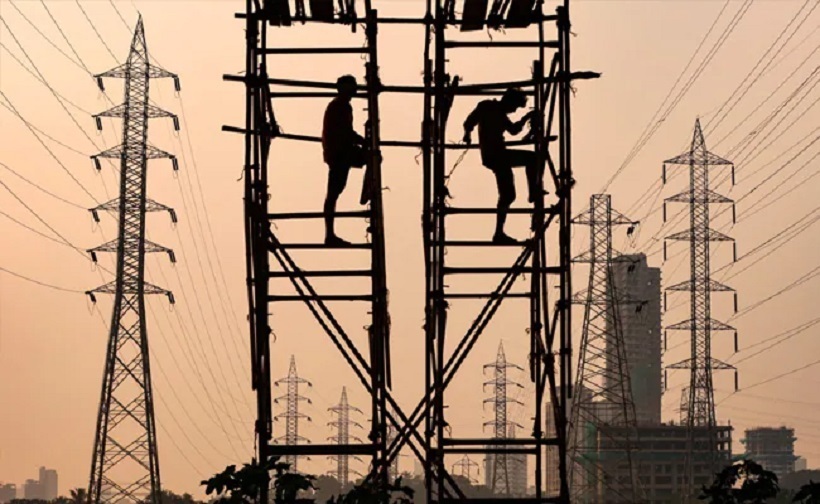
Chennai: The country’s electricity demand grew 4.9% during the first half of October, with supply falling short of demand by 1.4% despite a 3.2% rise in coal-fired generation and 30% rise in solar output, a Reuters analysis of government data showed.
Increased economic activity after the second wave of the coronavirus has driven up electricity demand, resulting in a supply deficit due to a coal shortage that has forced northern states to cut power this month for up to 14 hours a day.
The rapid surge in power demand and high global coal prices have left utilities scampering for coal – the country’s dominant source of power generation – despite record supplies from state-run Coal India, a near-monopoly in coal production.
Coal’s share in electricity generation jumped to nearly 70% during the first fifteen days of October, compared with an average of 66.5% during the whole of September, an analysis of data from central grid regulator POSOCO showed.
Nearly three-fifths of the country’s coal-fired capacities currently have coal inventories that would last three days or less, union power ministry data shows.
The average coal inventory held by power plants would last four days, two-thirds lower than an average of 12 days two months ago.
The power minister had in early September asked officials to consider diverting coal to power plants with extremely depleted stocks, and reduce inventory targets to 10 days from 14 days, to allow coal to be moved to areas of greatest shortage.
A reallocation in coal supplies over the last two months has led to an increase in the number of power plants with 1-3 days of fuel, while the number of power plants with over a week of stock has declined, the power ministry data shows.
Still, the number of utilities with no coal left increased to 18 on Oct 12 from 1 on August 12.
Follow this link to join our WhatsApp group: Join Now
Be Part of Quality Journalism |
Quality journalism takes a lot of time, money and hard work to produce and despite all the hardships we still do it. Our reporters and editors are working overtime in Kashmir and beyond to cover what you care about, break big stories, and expose injustices that can change lives. Today more people are reading Kashmir Observer than ever, but only a handful are paying while advertising revenues are falling fast. |
| ACT NOW |
| MONTHLY | Rs 100 | |
| YEARLY | Rs 1000 | |
| LIFETIME | Rs 10000 | |










